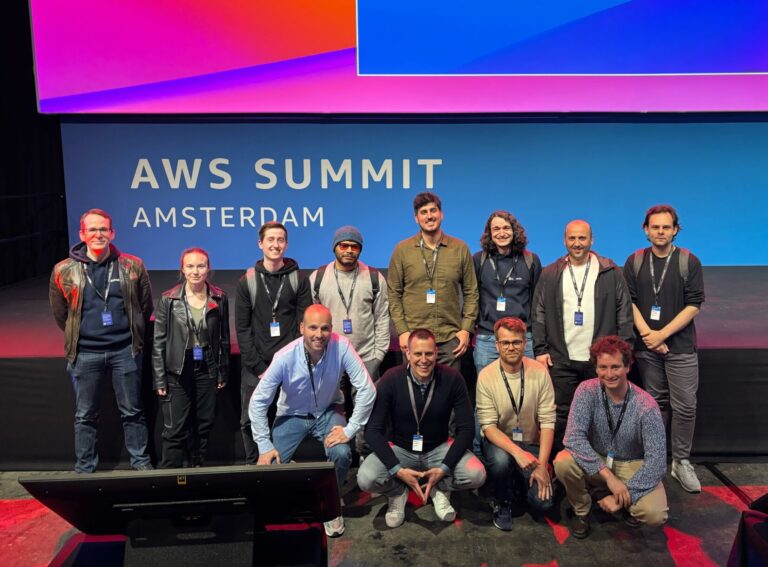Even with the adoption of cloud applications, some companies still work with on premise solutions.
The disadvantages of working with on premise solutions, are becoming bigger. Customers can increasingly arrange it themselves, which means that companies will get less standard questions and more essential problems when customers get in touch. Not being accessible as a result of malfunction or a maintenance is a legit reason for the customer to switch to the competitor. While on-premise processes come to a halt when something goes wrong, modern cloud solutions often achieve uptime percentages of 99.99%. Unlike on-premise solutions, cloud solutions are often set up redundantly. That is, if something fails in the data center, another machine takes over.
More secure
Accessibility from the cloud gets more attractive for another reason. As the cloud continues to gain “mass,” SaaS solution providers are investing heavily in innovation and security. Providers of cloud solutions realize that they have to limit risks in this area as much as possible. In turn, companies that work with old IT solutions will have to pay more and more for keeping those legacy applications safe. Many companies do that until a solution is end-of-support. By that time, software is not only expensive in maintenance and management, but often also unsafe.
The disadvantages of on premise solutions ensure that companies will increasingly choose for cloud solutions. You can recognize a true cloud solution by a number of features. As a business you can easily order it yourself; the service is immediately available; you will be billed for actual use and you can scale up and down without restrictions. The supplier always provides the latest functionality and security. As a location for your cloud software you can often choose from a public cloud (capacity in a data center that is shared with other users) or a private cloud (where there is no sharing).
You’re in control
With a cloud solution you profit from the innovation and effectiveness of the cloud supplier. You also no longer need IT for technical management. For IT, this has the advantage that the IT department can focus on innovation issues. Providers of cloud solutions understand that they operate in an ecosystem of IT solutions and have therefore invested in linking options. QuandaGo users, for example, have access to process, knowledge as well as interactions.
Lower costs, less time
SaaS solutions are not necessarily cheaper per user. But you only pay for actual use, so there are no paid, unused licenses with IT on the shelf. Other cost savings are in the area of investments in the purchase and management of hardware. With SaaS solutions you no longer need physical devices and no servers of your own.
The last advantage is that cloud applications have been developed with a view to a high adoption rate among end users. Cloud developers understand that software is intended to support end users. After personalization, QuandaGo users can get started right away with the aim of helping the end user.
Photo by Glenn Carstens-Peters on Unsplash






